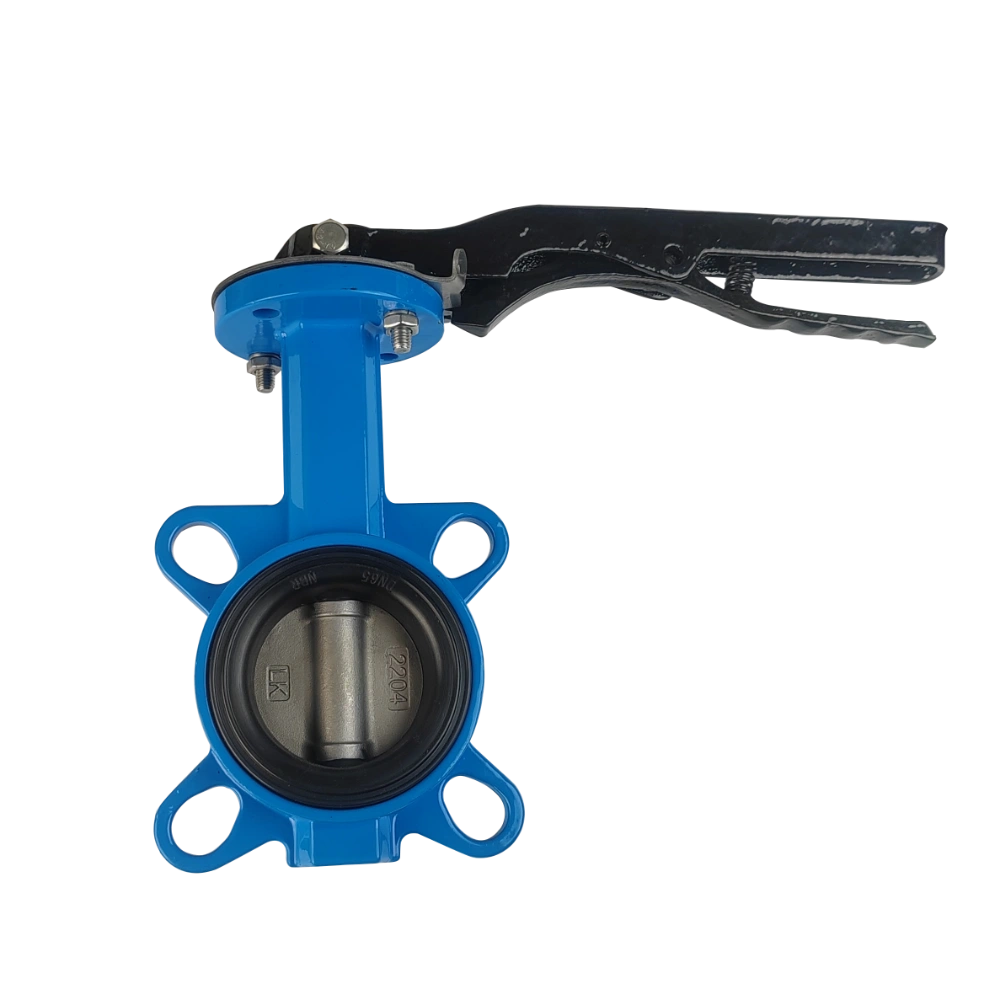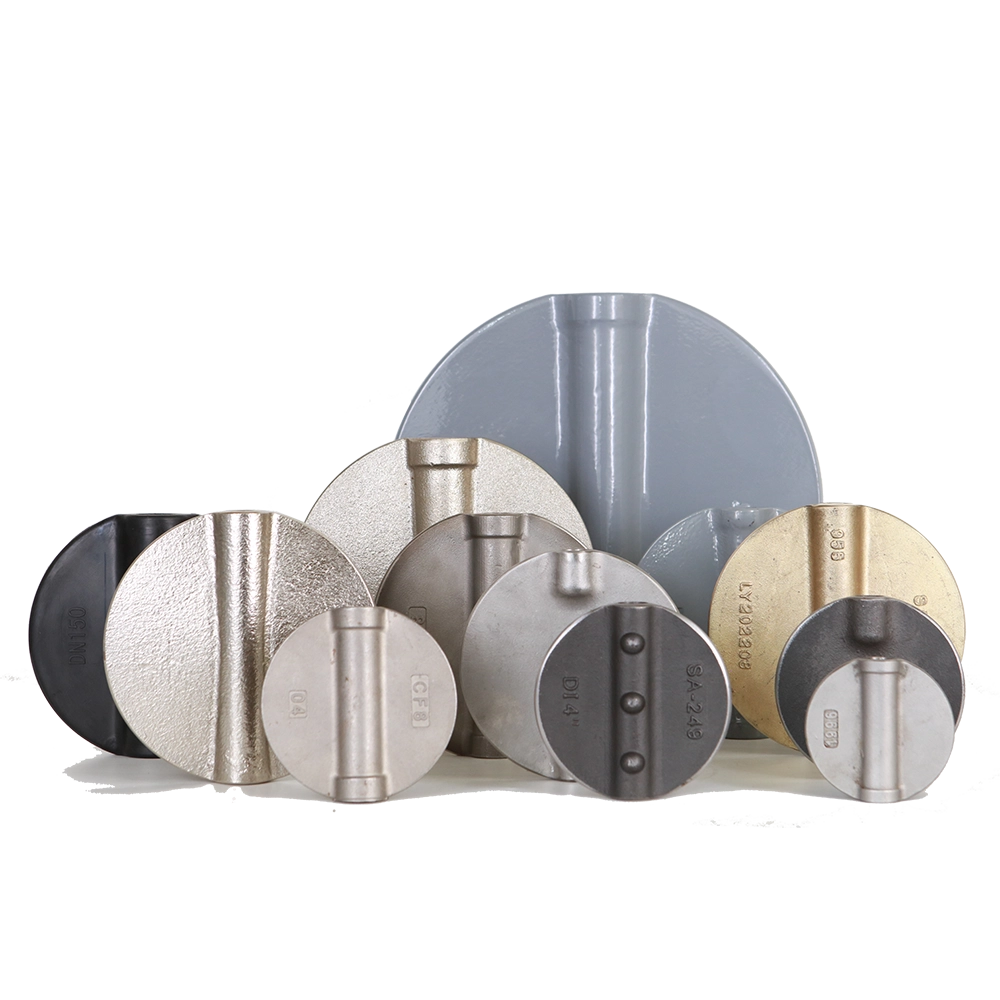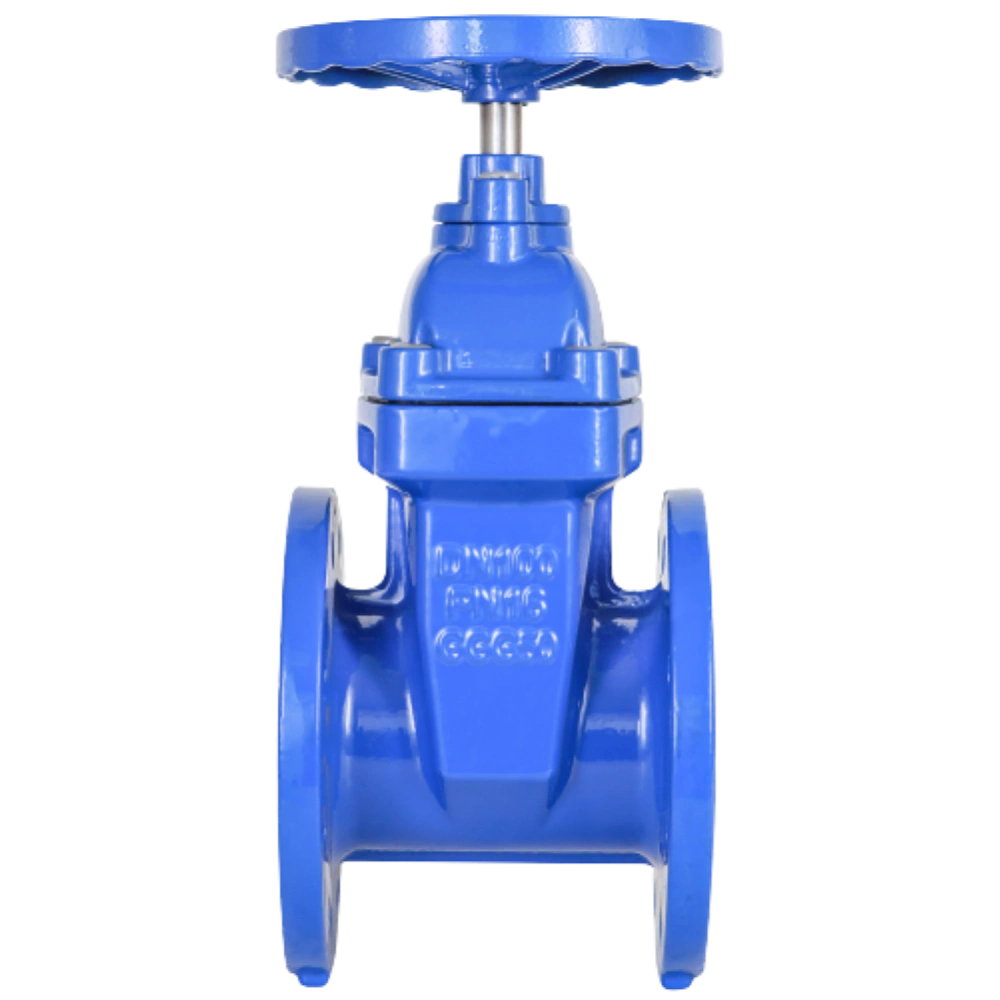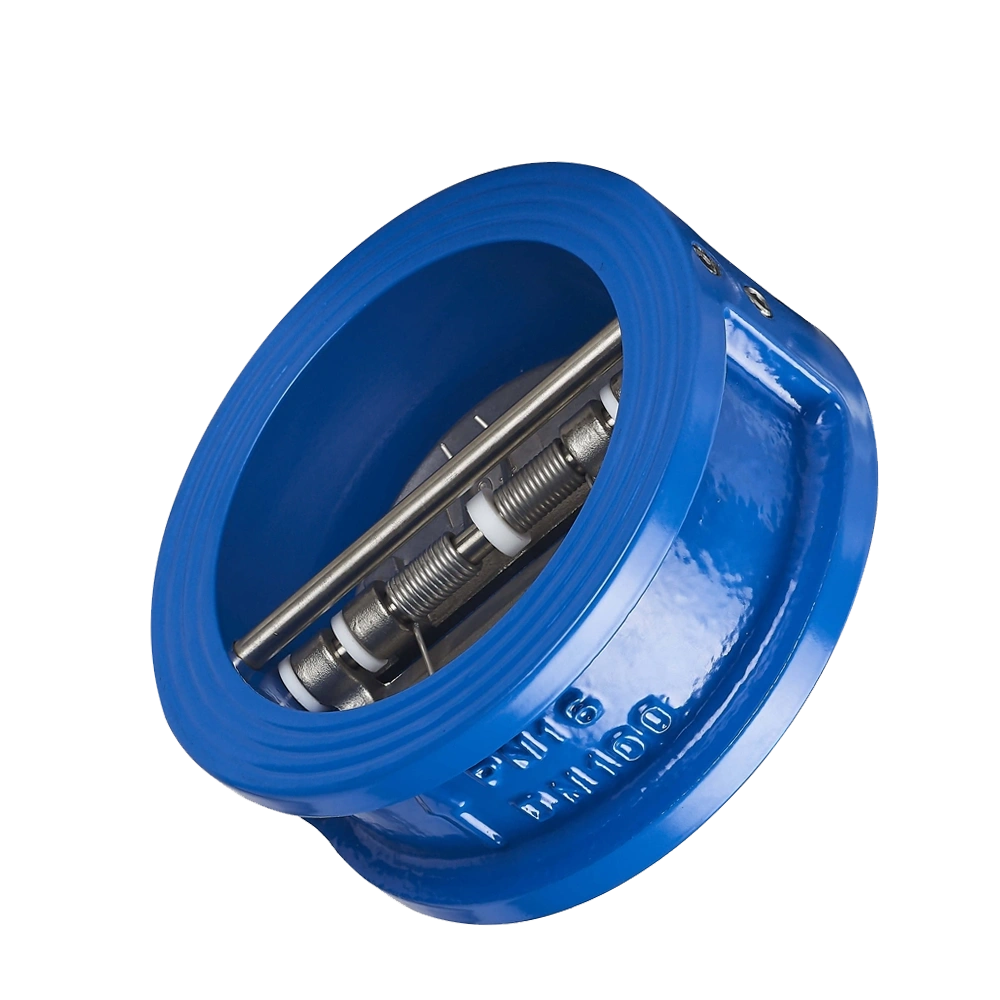Gate valves are versatile and popular for their functionality. They control and regulate the flow of liquids. However, the question is how to decide on gate valve sizes. Here is a complete article about selecting the right gate valve sizes.
Importance of Gate Valve Dimensions
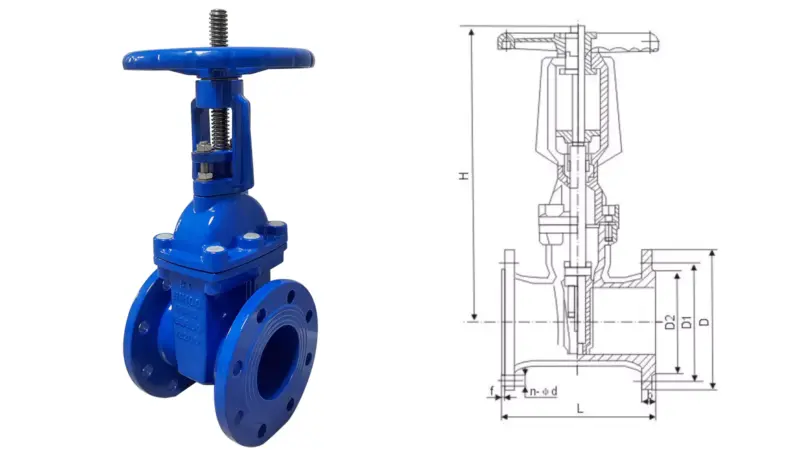
Let’s understand its importance before we learn how to measure valve sizes. The size of the valve has a direct impact on the performance of the system. Whether it’s an industrial setup or an HVAC system, the dimensions of the gate valve are crucial. Here’s why:
- It determines the flow rate and pressure of the fluid, controlling the entire system.
- At the same time, valve size also impacts the cost and maintenance of the operations.
- Accurate valve dimensions prevent unnecessary energy loss within the pipeline system.
- Correct gate valve size maintains stability and smooth operation.
Factors Influencing Gate Valve Sizes
Now comes the question: What are the factors that determine the selection? Here is the list of factors associated with dimension estimation.
Flow Rate
The first thing is the flow rate, including variations. The incorrect valve size will restrict the fluid’s flow, impacting overall functionality. Thus, the amount of fluid that needs to travel through the valve directly impacts its dimensions.
Pressure Drop
Another important factor is the “allowed pressure drop.” This depends on the application and project. Too much or too little pressure drop can reflect poor performance.
Actuation Method
Actuation is the driving force behind valves and influences their sizing. It can be manual, electric, pneumatic, or hydraulic. In general, hydraulic actuators demand larger valves than other options.
Fluid Characteristics
Next are the fluid characteristics that will flow through the gate valve. The fluid’s viscosity, corrosiveness, and temperature play important roles. Some fluids require broader dimensions to ensure proper flow control.
Pipeline Compatibility
Gate valves are available in different types and sizes. Choose the best one that fits the size of your piping system. Ensure total compatibility for flawless alignment, sealing, and functionality.
How to Measure Gate Valve Size?
Now that you know the influencing factors, it is easy to measure gate valve size. To find the accurate and precise gate valve dimensions for your projects, here is what you need to do:

Prepare the Tool Kit
If you are following a DIY approach, you need to gather the required tools. Prepare a kit containing tools like measuring tape, a caliper, and a ruler. At the same time, keep the notepad and pen ready to record the essential readings.
Identify the Valve Type
First, identify the type of gate valve you are dealing with. Common types include rising stem and non-rising stem valves. Rising stem valves have a visible stem that moves up and down, while non-rising stem valves do not. Knowing the type can influence how you measure.
Note the Pipe Size
Take the first measurement with the pipe size connected to the valve. Use measuring tape to measure the outer dimensions of the pipe. If you are a pro, you can even use a caliper for a precise reading.
Measure the Valve Body
Now measure the main part of the gate valves, the valve body. You can determine the overall length by measuring the valve from one end to another. At the same time, use a measuring tape to measure the valve width. This measurement helps you understand the space the valve will occupy.
Record Flow Rate and Pressure Drop
Now, to determine the valve’s efficiency, calculate the flow rate and pressure drop. Note the flow rate (gallons per minute or cubic meters per hour) and pressure drop (in pounds per square inch or bars). This is the main reading that will determine the gate valve’s capacity and size.
Stem Length for Rising Stem Gate Valves
Measuring the stem length is crucial if you are using rising stem gate valves. However, you can skip that in the case of non-rising stem valves. Locate the stem and measure its length from the top to the end. This is important to ensure seamless installation and operation.
Considering the Flange Size
This step is optional but important if your gate valve has flanged connections. Measure the circumference of the circle formed by the center of the bolt holes on the flange. Count the number of bolt holes and valve thickness. This step ensures compatibility with the piping system and selects the correct gasket.
Account for Other Operating Conditions
After measuring physical aspects, account for operating conditions and system design parameters. Consider factors such as
- operating pressures and temperature range
- flow velocity
- potential flow disturbances
Considering such factors can help you find gate valve sizes that handle all circumstances.
Record All The Specification
Once measured, record all the measurements in one place to make an informed decision. This record will be useful not only for purchasing but also for maintenance.
Refer to Valve Sizing Standards
Now, refer to valve sizing charts for the measurements you have recorded, especially for pressure drop and flow rate. You can use industry standards such as API, ASME, or ISO standards. These resources will help determine the appropriate valve sizes for the specific condition.
Consult with the Best Valve Manufacturers
Still unsure about the right valve sizes? Worry less! Here, you should get technical and expert advice. Ask the best valve manufacturers. Tell them the valve measurements and requirements, and they will provide your recommendations.
What Are The Common Gate Valve Sizes?
The above steps help you decide on accurate gate valve dimensions for your purpose. Though it can vary based on standards and manufacturers, there are some common sizes:
- 1 inch to 12 inches: In general, it is used in residential and light commercial applications.
- 14 inches to 36 inches: Often found in industrial applications.
- Larger Sizes: Available for specialized industrial systems.
Final Thoughts
It is important to select proper gate valve sizes for efficiency. Remember, it’s not always about finding the size but also ensuring compatibility. Always check the manufacturer’s specifications for precise dimensions. That’s how you can execute optimal performance in your pipeline.

